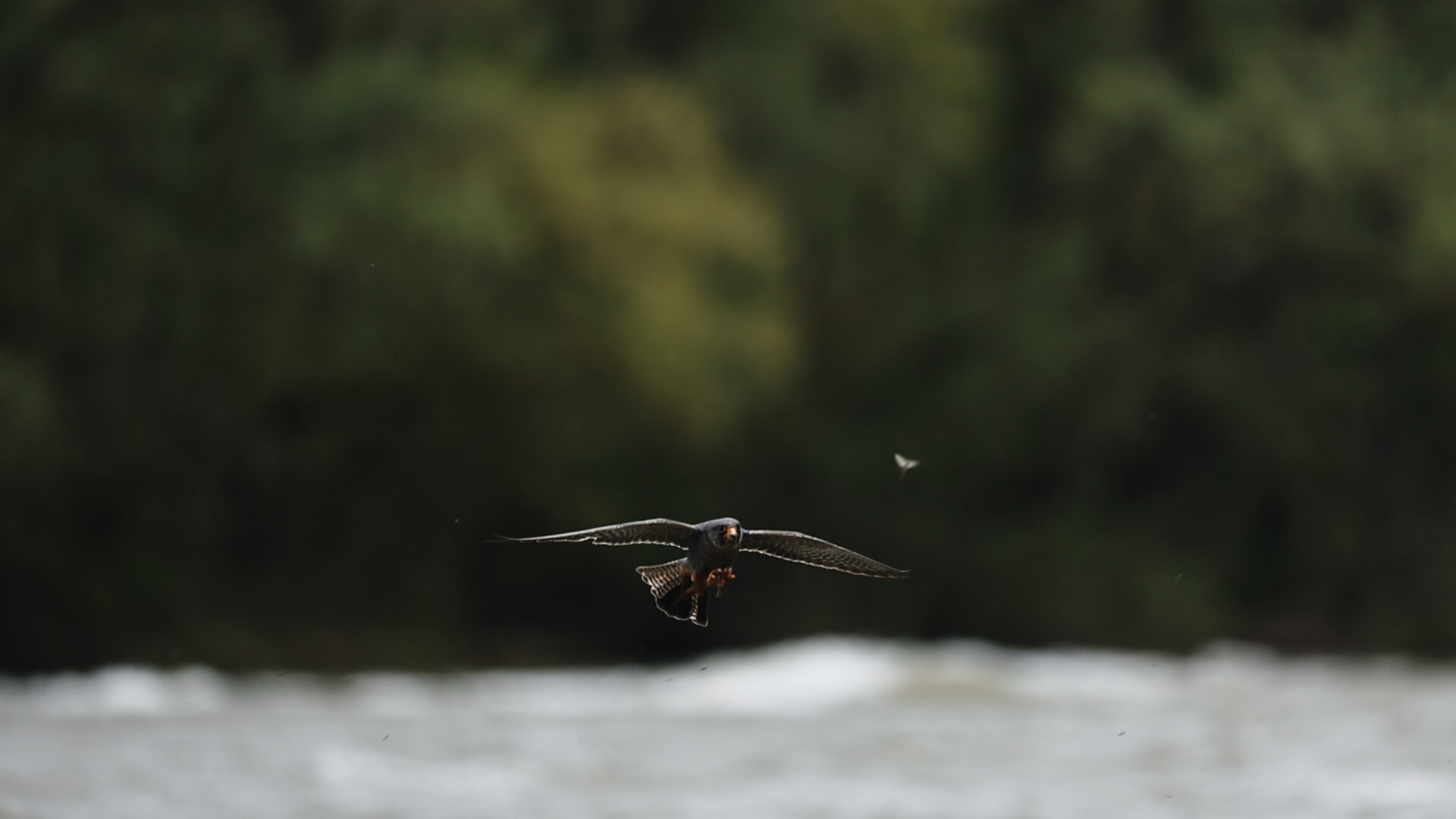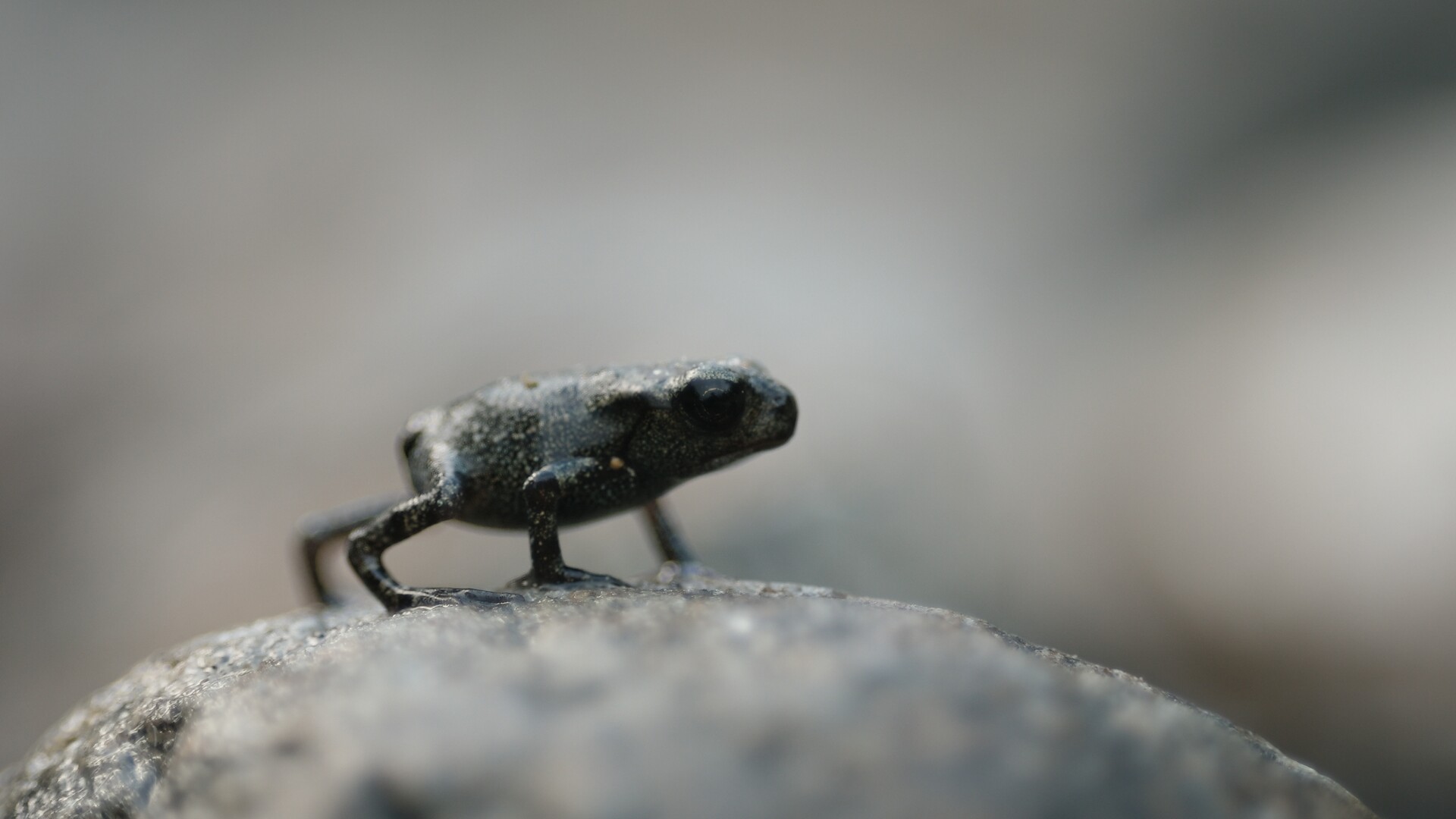
Wildlife 2.0 – Adapting To A New World
Nature Conservation
2026
"Wildlife 2.0 – Adapting To A New World"
Modern landscapes—characterized by buildings, industrial areas, and roads—are increasingly shaping not only cities but also rural areas in Central Europe. For many wild animals, this is everyday reality, forcing them to adapt. At the same time, conservation efforts, shaped by modern approaches, are creating new habitats.
The ORF Universum documentary "Wildlife 2.0 – Adapting To A New World" explores this tension. It portrays a wilderness that no longer exists in its original form but instead consists of fragmented spaces where rare species find refuge.
One key figure is the bearded vulture, a species that was extinct in the Alps for over a century but has been successfully reintroduced. Through its eyes, we see a dramatically altered world and meet other species adapting to these changes.
Director and cinematographer Patrick Centurioni states: “Further interventions will shape our landscapes and determine the fate of many species. The path we choose now is crucial.”
Unlike many "urban wildlife" documentaries, this film focuses on rural environments. It showcases transformed landscapes and highlights how modern conservation can succeed in a modern world. Ecological corridors connect habitats, allowing species to move freely, while abandoned industrial sites have become thriving ecosystems.
Examples include buffer zones along railways, highways, and solar farms, which serve as substitute habitats. Conservation efforts have also enabled the return of white-tailed eagles, imperial eagles, and great bustards, the latter saved through underground power line projects.
One striking example is the red-footed falcon, filmed in slow motion hunting large insects and adapting to food shortages. Unexpected refuges, such as a small wasteland near a shopping center, prove that even minimal untouched land can support wildlife.
Spanning 90 filming days across Austria, Germany, Italy, and Romania, "Wildlife 2.0" tells the story of adaptation, survival, and the delicate balance between human progress and nature.
| Country: | Austria |
| Language: | English, German |
| Runtime: | 52 minutes |
| Director: | Patrick Centurioni |
| Producer: | Patrick Centurioni |





